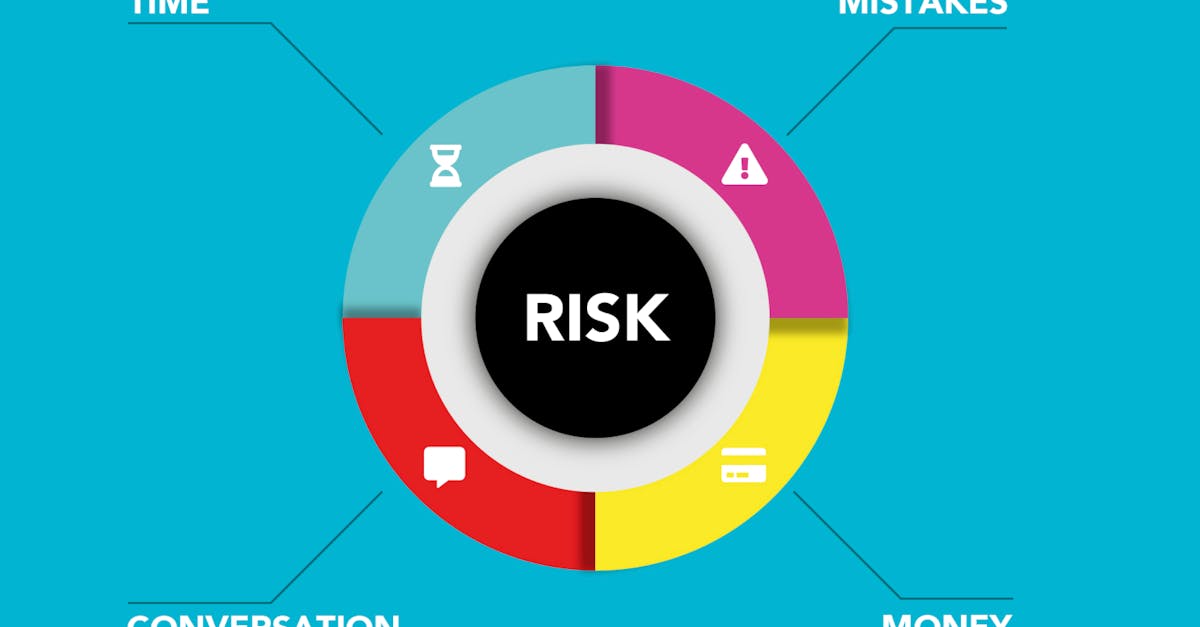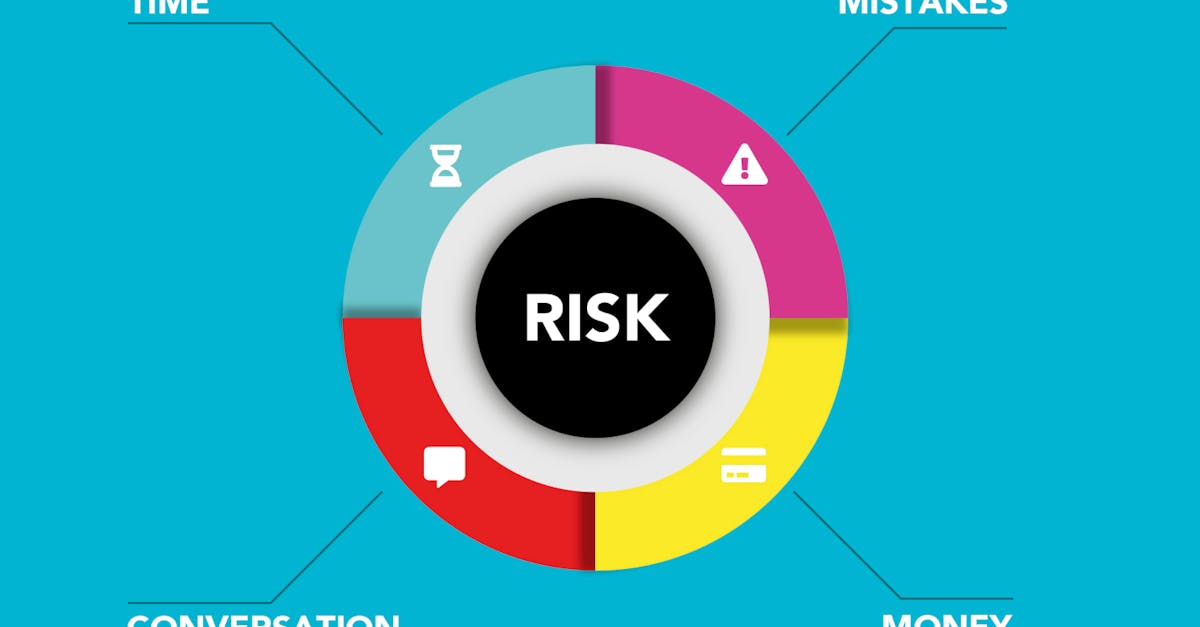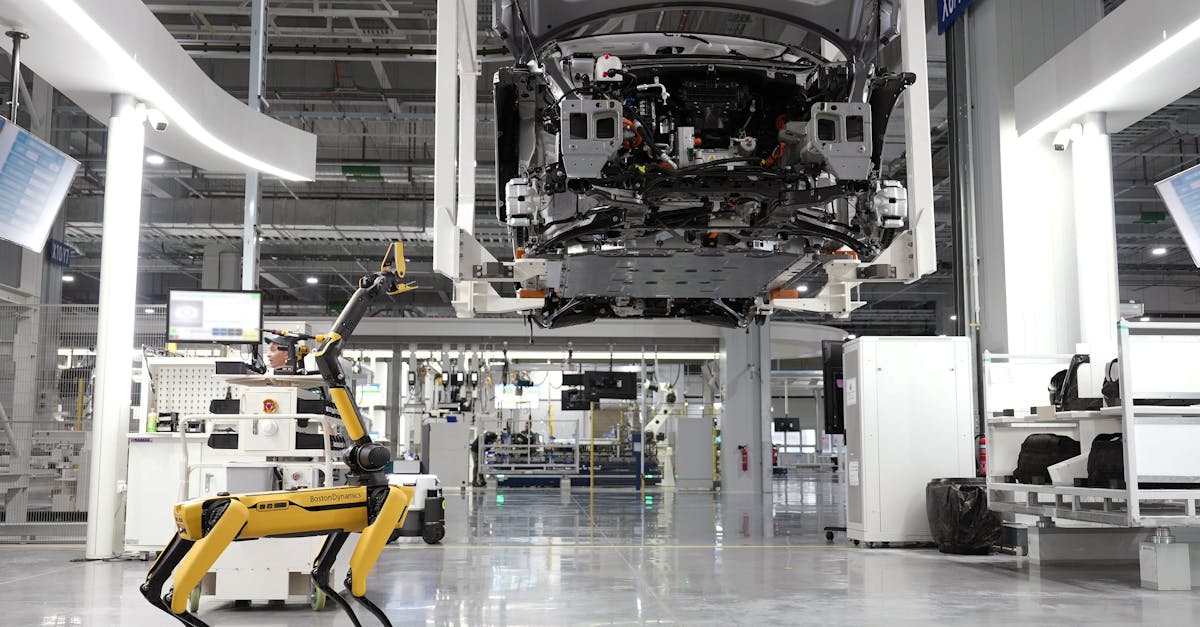The Rise Of Remote Manufacturing Is Your Business Ready
Introduction
As the technological landscape evolves, the manufacturing industry has undergone profound transformations. The rise of remote manufacturing is a testament to the era of digital revolution, offering businesses new avenues for growth and agility. In essence, remote manufacturing involves leveraging tech-driven processes that allow production activities to be monitored, controlled, and managed from afar. But what triggered this shift, and what implications does it hold for the business world? As companies strive for efficiency and flexibility, the adoption of remote manufacturing has become not only a competitive advantage but a necessity. However, the question remains: Is your business ready to embrace this paradigm shift?
Advertisement
Understanding Remote Manufacturing
Remote manufacturing is a process where companies use digital tools and cloud-based platforms to oversee and manage manufacturing operations from a distance. Unlike traditional setups that rely on physical presence within a plant, remote approaches leverage data analytics, IoT, and AI to offer real-time insights and controls. This model caters to diverse sectors, including automotive, electronics, and consumer goods, among others. By providing seamless integration between machine operations and digital oversight, remote manufacturing minimizes human error and enhances productivity. Furthermore, the use of advanced robotics and automation technologies ensures precision and consistency across production processes.
Advertisement
The Catalyst for Change
The shift towards remote manufacturing didn't occur in isolation. Several factors have acted as catalysts accelerating this transition. Technological advancements, for one, have paved the way for more sophisticated and reliable systems. The proliferation of high-speed internet and cloud computing has further facilitated seamless communication between remote sites and central control units. Additionally, the COVID-19 pandemic highlighted the vulnerabilities of traditional manufacturing frameworks, prompting companies to explore adaptive models. Remote manufacturing has emerged as a viable solution to ensure continuity amidst disruptions while minimizing health risks and operational downtimes.
Advertisement
Infrastructural Challenges and Solutions
While the promise of remote manufacturing is compelling, transitioning requires overcoming specific infrastructural hurdles. Many businesses face challenges in updating legacy systems, which can be incompatible with modern tech solutions. Ensuring adequate cybersecurity measures is another vital consideration to protect sensitive production data from breaches. To address these issues, companies can opt for phased approaches, integrating remote capabilities incrementally. Partnering with tech firms specializing in manufacturing solutions can also streamline the transition and offer tailored strategies to optimize infrastructure. Investing wisely in employee training programs will further aid in acclimatizing staff to new processes and technologies.
Advertisement
Environmental Impact and Sustainability
Beyond the operational benefits, remote manufacturing carries significant environmental implications. By optimizing processes and reducing the need for physical transportation, businesses can significantly cut down on carbon emissions. The industry's shift towards more sustainable production practices is driven by consumer demand, regulatory pressures, and a universal push towards eco-friendly methods. Remote systems also ensure better resource allocation and waste management, contributing to overall environmental sustainability. Companies racing towards net-zero goals find that remote manufacturing aligns with their sustainability commitments—offering cleaner, smarter, and more sustainable production methods.
Advertisement
The Role of Automation and AI
Automation and Artificial Intelligence (AI) play critical roles in enhancing the efficiency of remote manufacturing setups. Automated systems ensure precise control over manufacturing processes, significantly reducing the risk of human errors and inefficiencies. AI provides advanced analytics that helps predict machine failures, optimize supply chain logistics, and streamline maintenance schedules. The integration of AI in remote manufacturing paves the way for predictive and prescriptive maintenance, mitigating downtimes. Furthermore, the deployment of AI-driven robotic systems ensures high-quality outputs, refining both product differentiation and speed to market.
Advertisement
Workforce Implications
The transition to remote manufacturing inevitably impacts the workforce, necessitating a shift in skill sets. As automation takes over routine tasks, employees are encouraged to upskill, moving into roles that require technological prowess and problem-solving capabilities. While fears of job loss exist, remote manufacturing also creates opportunities for more rewarding careers focusing on innovation and system management. By investing in employee education and training initiatives, businesses can ensure a future-ready workforce equipped to handle the complexities of the digital manufacturing landscape. Cultivating a digitally savvy workforce stands at the forefront of embracing and maximizing the potential of remote manufacturing.
Advertisement
Business Agility and Competitive Edge
Remote manufacturing enhances business agility, allowing firms to rapidly adapt to market changes and customer demands. By offering remote access and control, executives can make faster decisions, ensuring timely responses to evolving market dynamics. The digital nature of remote manufacturing enables businesses to scale production swiftly, tapping into new market segments and geographic territories. Companies employing this approach gain a competitive edge, offering flexibility, cost savings, and superior product quality. In today's fast-paced world, embracing remote solutions could be the difference between stagnation and growth.
Advertisement
Preparing Your Business for the Transition
As businesses contemplate transitioning to remote manufacturing, a strategic approach is essential. Begin by assessing your organization's current capabilities and identifying potential gaps. Collaborate with technology providers to devise scalable solutions that align with your firm's objectives. Additionally, fostering a culture of continuous learning will facilitate smoother transitions and ensure personnel are equipped for digital roles. Regularly evaluating the effectiveness and efficiency of remote systems can help optimize operations and uncover new opportunities for innovation. Ultimately, staying ahead in the remote manufacturing race requires foresight, collaboration, and a commitment to technological advancement.
Advertisement
Conclusion
The rise of remote manufacturing signals a new era in the industrial sector, offering tremendous benefits in terms of flexibility, efficiency, and innovation. While there are challenges to be navigated, the opportunities presented far outweigh potential setbacks. Preparing your business means embracing change, investing in technology, and nurturing a skilled workforce ready for the future. As digital tools continue to evolve, remote manufacturing remains a significant trend poised to reshape industry landscapes. Organizations optimistic about future growth should consider remote manufacturing as a strategic priority.
Advertisement








